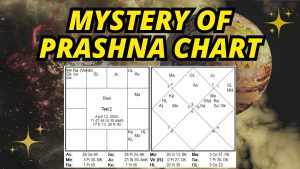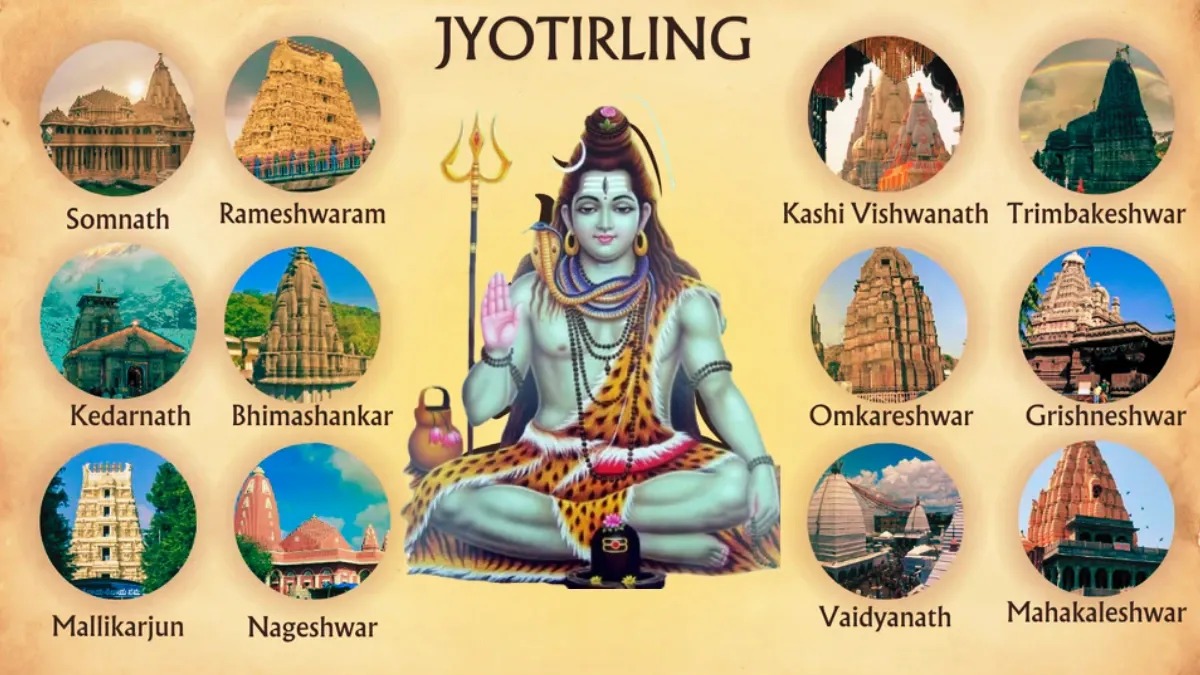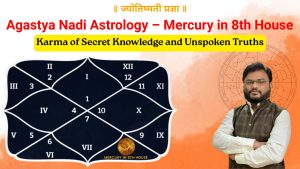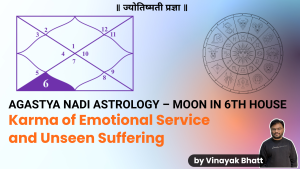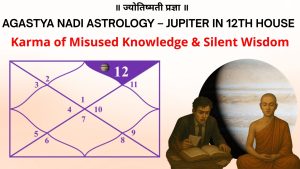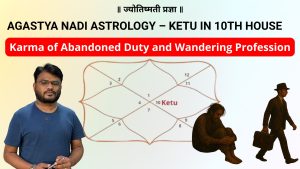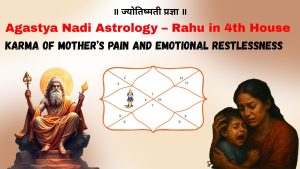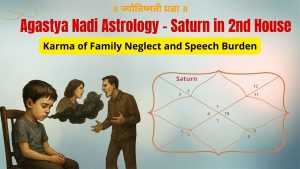23
FEB 2025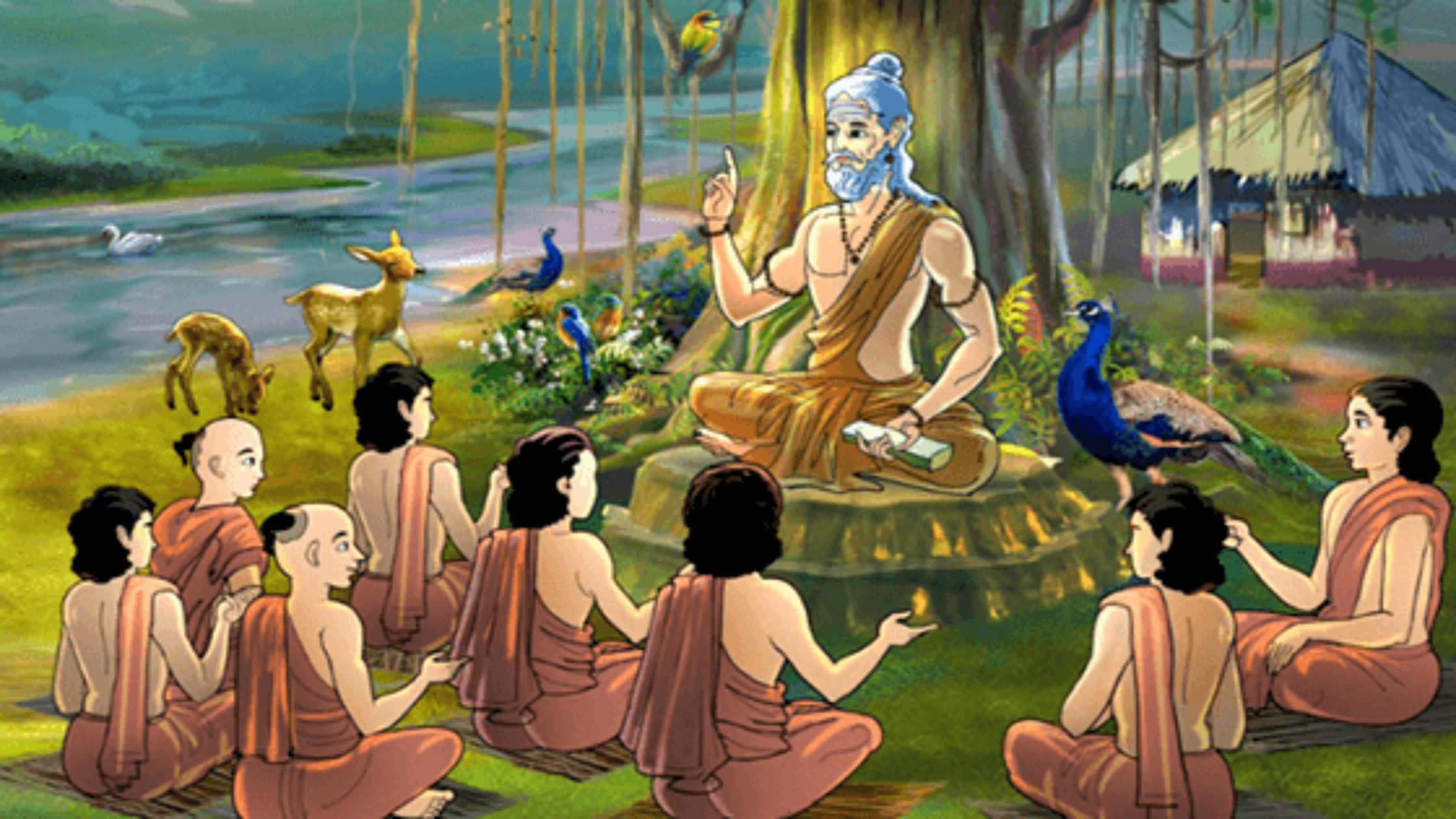
Imagine walking into a grand buffet, filled with hundreds of dishes, but instead of appreciating the variety, you pick just the desserts and proudly declare, “This is the complete meal!” Sounds ridiculous, right? Well, welcome to the world of Selective Shastra Followers—a unique breed of Jyotish enthusiasts who treat ancient texts like a self-serving menu, choosing only what suits their taste and ignoring the rest.
Step 1: Find a Quote That Proves You Right
The first rule of being a Selective Shastra Follower is simple: Never read an entire text. Instead, flip through pages until you find one shloka that vaguely supports your personal opinion. Even if the next line contradicts it—who cares? That’s just an “inconvenient detail.”
Example:
Brihat Parashara Hora Shastra says, ‘A debilitated planet can still give good results if placed well.’
Aha! That means I can ignore every other rule about Neecha planets and start predicting ‘debilitation is good’ in every chart!
Lesson for Students: Context matters. One shloka is not the whole Shastra. A verse must be read in relation to the entire system, not in isolation.
Step 2: If a Shastra Disagrees with You, Discard It
The second rule: If an ancient text contradicts your personal belief, simply reject it! Why should 5,000 years of wisdom interfere with your modern “intuition”?
Example:
Sir, Parashara says that D10 should be analyzed from D1 houses, but I feel more comfortable using houses from D10 itself.
Solution: “Parashara must be outdated! I will follow only the parts of Shastra that match my ideas.
Lesson for Students: You don’t get to ‘feel’ what should be right in Jyotish. It is a precise science, and ancient seers built rules based on deep observation, not personal preferences.
Step 3: Ignore Other Supporting Texts
Shastras like BPHS, Jaimini Sutras, and Phaladeepika are like members of a family—each adding a different perspective. But why bother studying all of them? Just find one random verse from a single source, declare it as the ultimate truth, and confidently dismiss everything else.
Example:
Jaimini uses Chara Dasha for predictions.
Perfect! That means Vimshottari Dasha is useless! Let’s ignore the thousands of predictions made using Vimshottari over centuries.
Lesson for Students: Jyotish is an integrated system. Different approaches exist, but they are meant to complement each other, not compete.
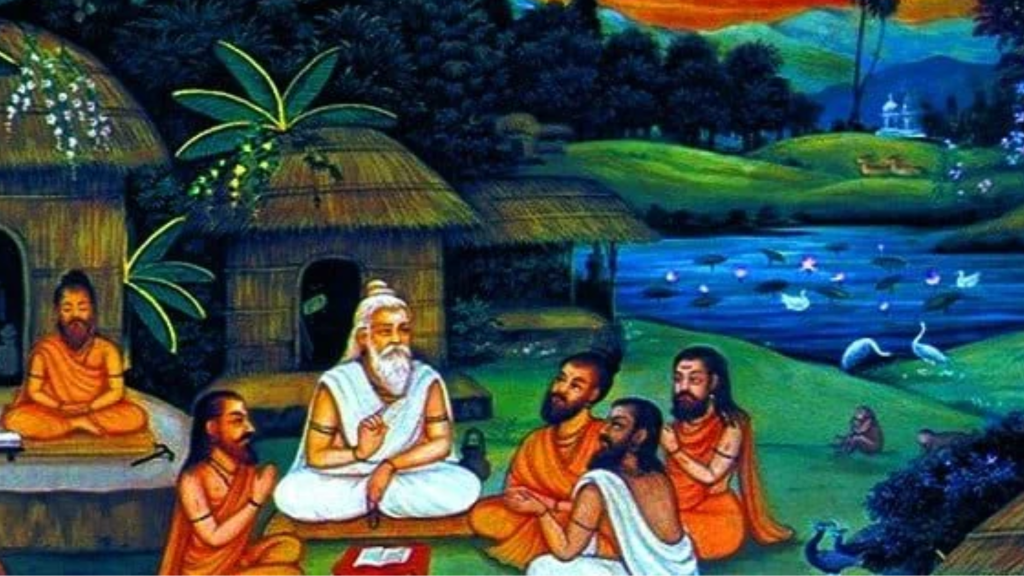
Step 4: Use Shastra Only When It Benefits You
The most advanced Selective Shastra Followers have a golden rule: Only invoke the Shastra when it proves your point. Otherwise, rely on ‘modern logic’ and personal experience.
Example:
BPHS: ‘Natural benefics in Kendras cause Kendradhipati Dosha.’
I don’t like this. Jupiter is a benefic, how can it give bad results? Let me just ignore this dosha completely!
But wait!
BPHS: ‘A weak Moon gives mental instability.’
Aha! This is true because I have seen it in three charts! Shastra is great when it agrees with me!
Lesson for Students: Either follow the system properly or don’t claim to follow it at all. Cherry-picking only leads to inconsistent predictions.
Final Thought: Shastra is Not a Buffet
Jyotish is a structured system built by Rishis who observed planetary influences for generations. If you pick and choose only what pleases you, you are not practicing Jyotish—you are playing astrology like a game of personal preference.
So, dear students, don’t become a Selective Shastra Follower. Study deeply, respect the original texts, and remember: It’s our job to understand the Shastra, not twist it to fit our convenience.
The real mastery of Jyotish comes from surrendering to its wisdom, not bending it to our opinions!


